These days Monster Energy Drinks are simply ubiquitous, think of a sporting event promotion and nine times out of 10, Monster Energy is likely to be associated with it strongly.
The association is not without merit as the Monster concoction does give you an energy boost as its caffeine and vitamin B content in every can of Monster, whatever the flavor propels you in your workout.

As such it has found a place among aficionados and practitioners of extreme sports such as mixed martial arts and high octane motorsports further propagating the brand’s image.
As it was unheard of before the mid-2000s, you may think it’s a brand created from scratch by Coca-Cola, its parent company, but the real story is far more interesting than that. Here’s the real story behind Monster Energy Drinks….
Part 1: California Dreaming
Before World War II, California was just beginning to find success in a booming workforce driven economy in the early 20th century specifically the time from the 1910s to the 1930s. It was during this time that Hubert Hansen lived along with his children, sadly nothing substantial is available publicly about his parents childhood or experiences growing up.
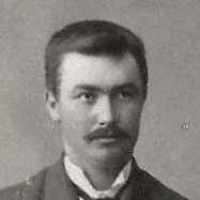
However we know that at the time Hubert saw an opportunity to serve a market that was growing very fast due to the harsh Californian sun and Californian clamoring for nutritious juices they could carry with them for refreshment and energy.
The 1930s were also the times of the Great Depression which hit California hard with people cutting back on solid food purchase, they still had to get their nutrition, and that’s where fruit juices homemade or not came into their own to meet that demand, Hubert Hansen established a fruit juice making business in 1935 under the name Hanson’s.
His initial customers with whom he could build a consistent base of customers included Hollywood film studios retailers and other equally wealthy clientele
Part 2: Going Ahead & Obstacles
Thanks to smart sourcing and sales during a crisis, Hubert Hansen grew his company to become more and more popular, became well established in the western USA and exported to Hawaii and the East Coast, they simply added the word juices to their company name.
All this was made possible by a manufacturing plant in Los Angeles that they procured in 1946 but even then, Hanson’s juices could not compete on an equal footing with established giant selling carbonated beverages such as Coca-Cola.
You wouldn’t be entirely wrong to assume that fruit juices had their day in the sun metaphorically and literally, mostly due to the harsh realities of the depression when nutritious solid food became hard to obtain.
By the end of the 1940s, the economy of California went into an overdrive boom period and there was simply no shortage of nutritious food during these times. Under the harsh Californian sun, Coca-Cola quickly became the drink of choice since it was just some extra cool tasting sugar on top of an already secure diet.
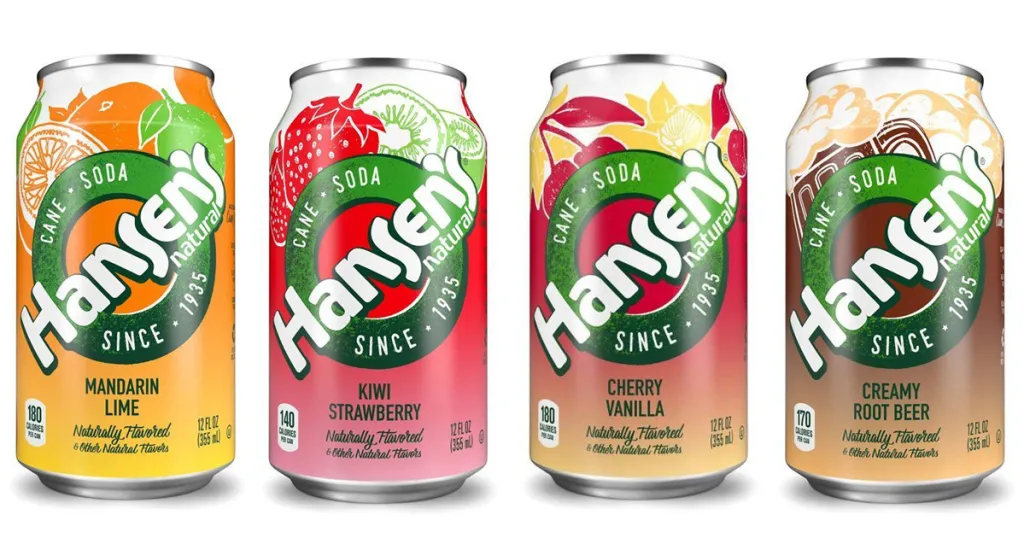
Hansen’s juices maintained a market enough to keep the company running but it failed to make a wide reaching impact. Finally Tim Hansen, one of Hubert Hanson’s grandsons, established his own independent fruit juice company in 1977 under the name Hanson Foods Incorporated and he secured a license, a bit of a Renaissance would begin for Hansen’s under Tim.
Part 3: Hanson Foods Inc. & Hanson Natural Corporation
The new business which had its headquarters in Los Angeles, focused on pasteurized shelf-stable juices especially apple juice. Under Tim’s guidance, the business quickly gained a reputation for creativity in flavor mashups and marketing, they were essentially just doing what Hanson started out doing as these products contained only organic components.
Midway through the 1980s, Hanson’s sales topped an estimated 50 million dollars, however the company sales did not increase enough to pay back the finance for a new factory, and in 1988, it filed for bankruptcy.
In January 1990 California Co-Packers Corporation, an intriguing Hawaii-based company, bought the Hanson’s brand. Sales amounted to 13.7 million dollars that year and 17.1 million dollars the following. The first glass bottle from Hanson which had previously only used cans, was released in the summer of 1991, however this innovation could not save the company from the second round of bankruptcy either.
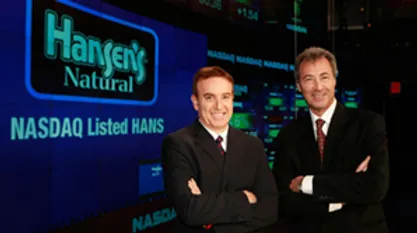
On July 27 1992, a group of investors comprising of family and friends including future CEO, Rodney Sachs, as well as British industrialist, Hilton H Schlossberg who later served as Vice chairman and President, bought the struggling business.
The investors believed that the brand’s reputation for longevity and recognition would be worth betting on and that the market for its specialty was only beginning to open up at the same time. Hanson Natural Corporation went public and was listed on NASDAQ, the business quickly announced a turnaround, in 1992 earnings were 21.3 million dollars.
Part 4: Strengthening The Niche
At the time, Hanson employed roughly a dozen people, Tropicana outsourced most of its operations after purchasing the Hanson facility following the bankruptcy. For new formulas, they even consult flavor consultants. The beverages were mixed by individual businesses and snipped to Independent bottlers
In the early 1990s, pint-sized bottled Iced teas lemonades and juice drinks were introduced, these were in the new age drink category which also featured iced tea and sparkling water as alternatives to Classic Cola drinks. The general perception of these drinks as being reasonably healthy helped Hanson chug along.
Soon afterward, Hanson began employing taurine and ginseng in their range of canned smoothies essentially making them energy drinks. Taurine as you might know, is an ever constant ingredient in Red Bull, the smoothies weren’t just a brand new item according to Saks, they indicated a fresh Spirit of innovation in the busines.
Previous national product introductions had failed because the iced tea lemonade and Juice cocktails they offered were too similar to what Snapple and other companies already sold.
Early in 1997, Hansen’s functionals were published which was another boost, drinks purchased primarily for their health promoting properties fall under this category, usually they added extra vitamins.
Sacks was first drawn to them since they were already a popular fat in Europe, similar frequently syrupy concoctions had been a three billion dollar industry in Asia for more than 30 years. Hanson obtained a nationwide product launch through 7-Eleven convenience stores after signing distribution contracts with Dr Pepper and 7UP.
The business intended to release a super smoothie, and a packed nutritious beverage for kids, signature soda gourmet carbonated drinks made with cane sugar and clover honey were available soon.
As Sacks aimed to distinguish the brand by nutrition rather than flavor
“What we’re trying to do is sell people something that’s honest, something that will do something for their bodies”
Sacks
Hanson told one California Business Journal, “he knew what he was doing, and all these moves would help the company gain invaluable know-how and expertise to do the very thing they would become known for, their most famous and best-selling products: Monster.
Part 5: Monster
The 2002 release of the company’s Monster Energy drink was its most important move, in an effort the steel markets share from rival Red Bull, the business extensively invested in marketing the beverage spending over one
million dollars annually. The drink was a break from the company’s natural offerings with the slogan Unleash the Beast.
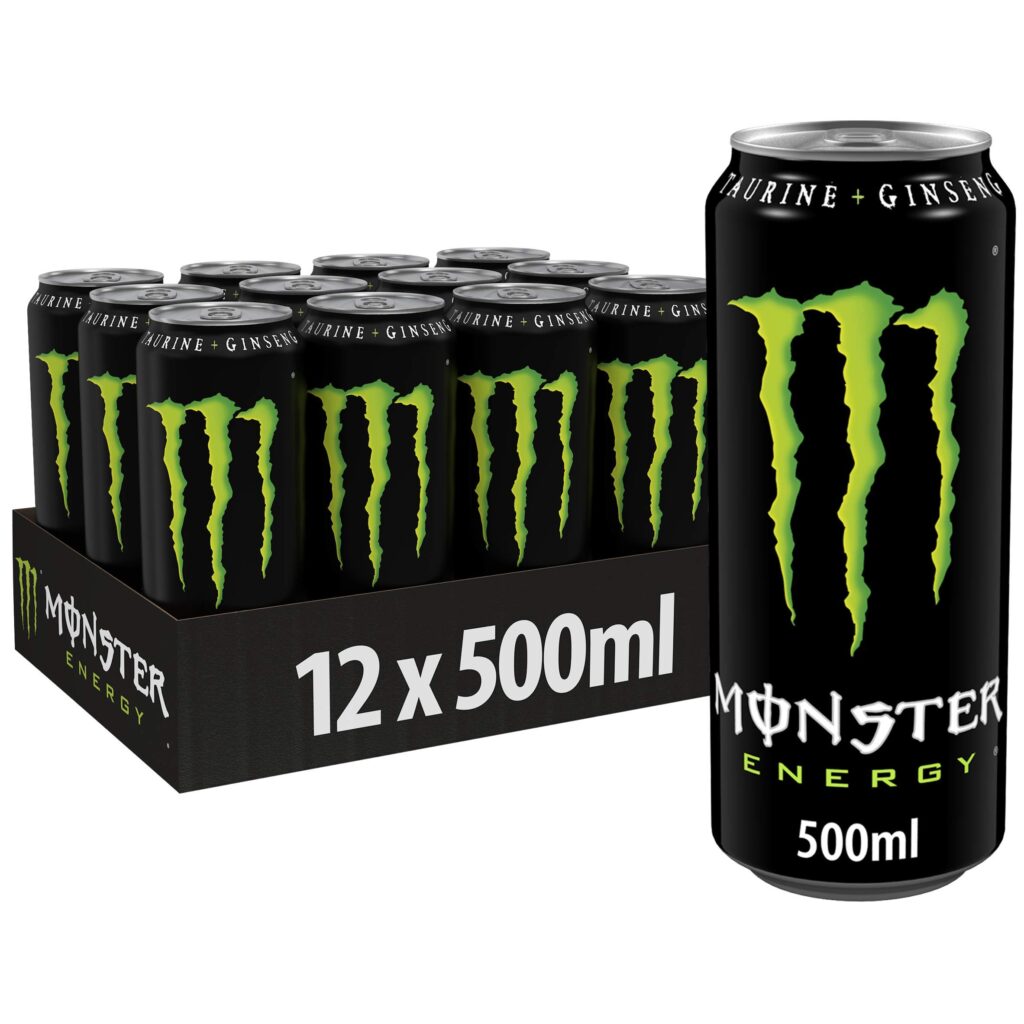
Monster was offered in huge black cans with neon claw marks and had significant caffeine and sugar content, the product attracted multiple sponsorships from extreme sports which allowed it to take 18% of the two billion dollar annual energy drink industry.
Red Bull maintained its market dominance with a 50 share but Hanson’s energy drink sales increased by 162 percent in 2004, more than three times Red Bull’s rate. Sales more than doubled to 180 million dollars in just two years while net income increased dramatically to 20.4 million dollars, the company’s shares had increased from four dollars in 2002 to as much as 108 dollars per share.
Due to recent success, Hanson had risen to the top tier of small businesses, in fact in 2005, the business was ranked first on forbes’s list of the 200 best small businesses in the United State. In order to continue its sales success, Hanson had to always up its game. As a result, Hanson expanded its line of energy drinks by including the Joker and Rumba in addition to Monster Assault which was sold with the slogan declare war on the ordinary, emblazoned on a black and gray can.
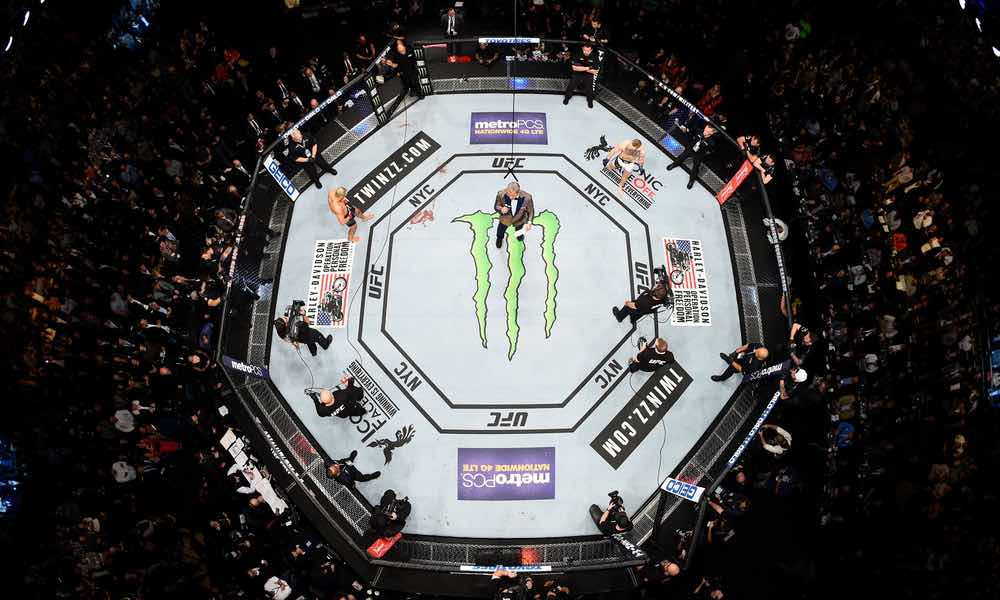
This was when Monster became a cultural icon with this association with extreme sporting events such as BMX racing, boxing, mixed martial arts, and so on. It also became a sensation among younger buyers with it being considered more appealing than Red Bull.
Part 6: Coca-Cola Ownership & Future

The largest beverage business in the world, Coca-Cola company, increased its wager on the expanding energy drink market in 2014, when it decided to exchange some brands and spend nearly 2.15 billion dollars to purchase a 17% share in Monster Beverage Corporation.
According to a statement, the move was a component of a deal that also involved the transfer of Monsters energy drinks: NOS, Full Throttle, Burn, Mother and Play from Coca-Cola. Meanwhile Monster switched over to Atlanta-based Coca-Cola for Hanson’s natural sodas and juices, peace tea, and Hubert’s lemonade.
Letting the old rival take over distribution and marketing worked wonders for Monster as it could then use Coca-Cola’s robust worldwide distribution center to its best advantage. Over 100 Nations sell the Monster Energy Drink which employs about 3 666 people worldwide.
Ending its fiscal year in 2020, Monster Energy reported 4.6 billion dollars in global net sales. The company trades on the NASDAQ and has a market cap of about 48.22 billion dollars right now approximately 19.3 percent of monster is currently owned by Coca-Cola since 2014. This long-term strategic Alliance has been quite successful for both sides, Rodney Cyril Sacks is still the company’s chairman and CEO.
On December 1st 2016, NASCAR unveiled a multi-year agreement that will make Monster Energy only the third entitlement sponsor in the history of its Premiere series, however this agreement expired after the 2019 racing season.
More recently, Monster has gained repute and notoriety for its involvement in sponsoring fighters in the Ultimate Fighting Championship. some of the UFC fighters who have been sponsored by Monster Energy and have made quite a bit of money from the deal besides Conor McGregor, who is undoubtedly the most well-known, include Daniel Cormier, Cane Velasquez, Max Holloway, Tyrone Woodley, John ‘Bones’ Jones and many others.
According to a recent analysis by Allied market research, the market for energy drinks will increase from 53 billion dollars in 2018 to 86 billion dollars in 2026, representing a 7.2 percent compound annual growth rate(CAGR). Asia Pacific is predicted to experience the highest growth with a CAGR of 7.3 percent from 2019 to 2026. It’s time for Monster Energy to grow more and business analysts have no doubts about their ability to achieve it particularly with Coca-Cola’s help.
That was the story of how Monster Energy came to be from originally being a small fruit juice seller to being one of the go-to name in the energy drink market.


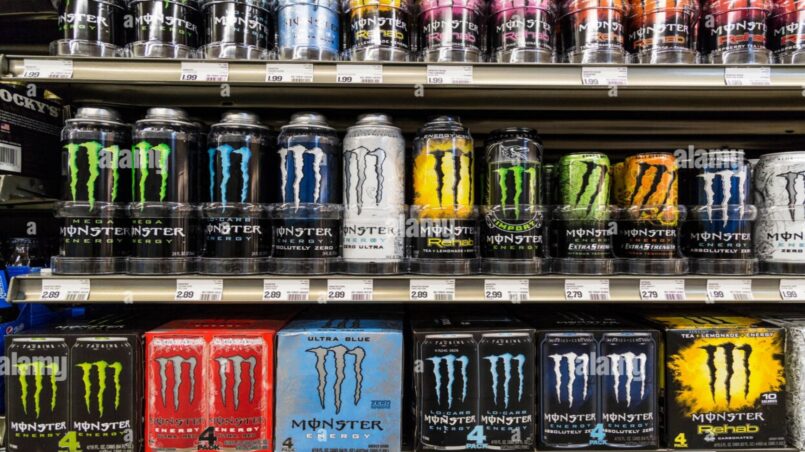
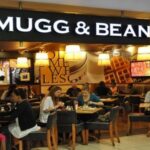

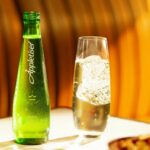

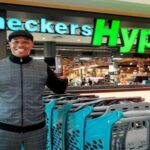
Wow, incredible blog structure! How long have you been running a blog for?
you made blogging glance easy. The overall look of your site is great, let
alone the content! You can see similar: dobry sklep and here
najlepszy sklep
Thanks very interesting blog! I saw similar here: sklep and also
here: e-commerce
Thanks very interesting blog! I saw similar here:
Sklep online
Your method of explaining the whole thing in this post
is truly good, all be capable of easily be aware of
it, Thanks a lot. I saw similar here: Sklep internetowy
Hey! Do you know if they make any plugins to assist with SEO?
I’m trying to get my blog to rank for some targeted keywords but I’m not
seeing very good success. If you know of any please share. Kudos!
You can read similar blog here: Sklep internetowy
It’s very interesting! If you need help, look here: ARA Agency
Howdy! Do you know if they make any plugins to assist
with SEO? I’m trying to get my blog to rank for some targeted keywords but I’m not seeing
very good results. If you know of any please share.
Many thanks! You can read similar blog here: Backlink Building
Wow, incredible weblog layout! How lengthy have you been blogging for?
you make blogging look easy. The full look of your website is
wonderful, let alone the content material! You can see similar here sklep internetowy
Wow, wonderful weblog layout!
How long have you been blogging for? you make blogging glance easy.
The overall glance of your web site is fantastic, as well as the content!
You can read similar here prev next and those was wrote by Candace72.
Wow, marvelous blog structure!
How long have you been blogging for? you make running a blog look easy.
The entire look of your website is excellent, let alone the
content material! You can see similar here prev next and it’s was wrote by Deandra78.
Wow, superb weblog structure!
How lengthy have you ever been running a blog for?
you make running a blog look easy. The full glance of
your site is magnificent, let alone the content material!
You can read similar here prev next and it’s was wrote by Dane66.